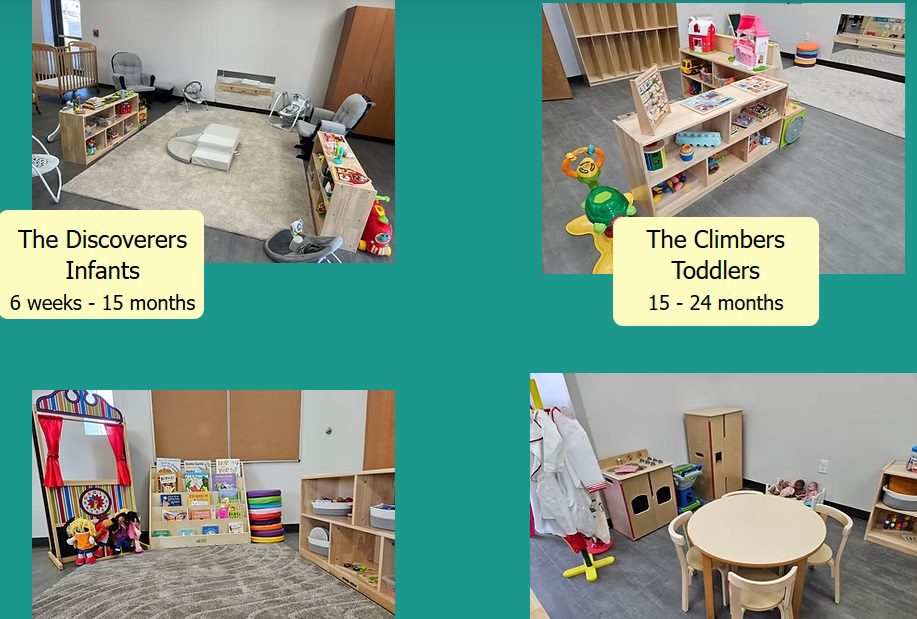Too much time on phones and computers is literally a pain in the neck even for young children
Many of us have found ourselves so immersed in a social media platform or even a project for work, that we are huddled over screens for hours on end. And all that looking down is having a serious impact on our bodies.
Josh Carpenter, MD, a trained Family Medicine physician and managing hospital medical director for OSF HealthCare says a condition known as “tech neck” is caused by stressing muscles while looking down at phones or computers for long periods of time. It includes strain of neck muscles that sometimes can cause spasms that come from poor posture and repetitive trauma to the upper spinal muscles in the trapezius muscles.
“You can have pain in your upper back, your lower back, neck, severe headaches and some nausea can be included in that. In severe cases it can cause nerve impingement that can send shooting pains down your arms.”
Because of the severity of symptoms that can occur, some doctors have referred to tech neck as the new carpal tunnel – which affects the muscles in your wrists and arms – of this era. The damage and nerve pain can be equally debilitating. The repetitive strain on the bones, nerves, and muscles caused by looking down at a phone or laptop, for example, can cause joint inflammation, arthritis, and even herniated discs. Pinched nerves are common.
“You can have some nerve impingement because of the pressure on the spine where the nerves are exiting from the spinal cord or vertebral bodies. In addition, as some of those muscles tighten you can sometimes get impingement just from the irritation and the tightness of those muscles on the nerves,” Dr. Carpenter explains.
All ages can be affected
The condition is impacting all ages and symptoms can be different for each person, but parents need to take special care with how long children are looking down at screens.
Dr. Carpenter points out,” We see it as young as four or five years of age with using mobile devices all the way up to the elderly. You know it affects all of us working in health care especially as we spend more time in front of a computer with poor posture.”
Some people can’t avoid spending a long time on screens, but Dr. Carpenter suggests having good lumbar support and making sure your neck is relaxed. As for treatment, he recommends staying away from prescription muscle relaxers or pain medication.
“Safe modalities of treatment include things like physical therapy for trigger point injections, strengthening some of those muscles, correcting your posture; honestly doing things as simple as getting up and moving every 15 to 30 minutes if you do have to be in a position with poor posture so that your muscles can relax.”
Could a good massage help? What about using a TENS device for muscle stimulation? Dr. Carpenter says those approaches will work for less severe cases but if you’re experiencing regular or intense pain, he suggests seeing a medical provider.
***Courtesy of OSF HealthCare***














